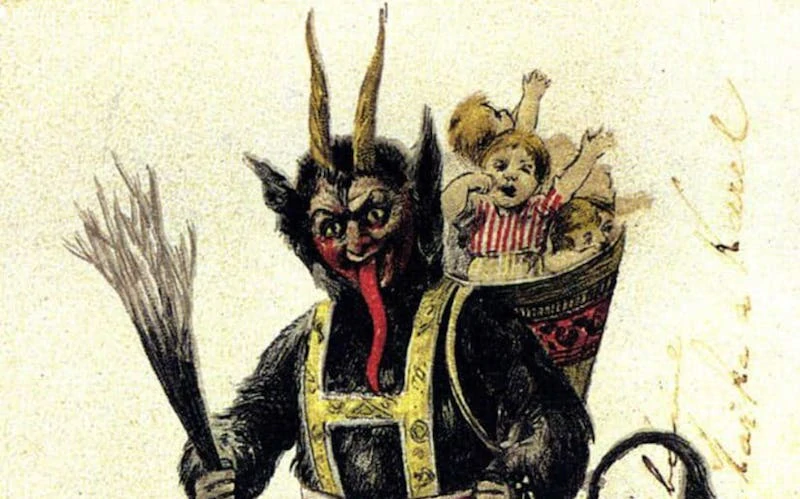Last updated on January 24th, 2023 at 11:09 pm
We are nearly all familiar today with the elaborately dressed formal guards stationed around Vatican City in Rome. Their brightly colored dress uniforms of blue, red, orange, and yellow and armor and halberds are a relic of a bygone era.
Known as the Swiss Guards, they have been a feature of the Papal microstate throughout modern history. But just where did these Swiss Guards come from, to begin with, and why have they proved such an enduring presence at the Vatican?

16th Century Italy was a very different place
The Swiss Guard has its origins way back in the early sixteenth century. It is important to remember that five or six hundred years ago, the territories ruled directly by the Popes extended well beyond the small area around St Peter’s Basilica in Rome.
The Papal State at that time reached throughout all of Central Italy and north as far as the lands of the Republic of Florence and the Duchies of Ferrara and Mantua.
That territory fluctuated throughout the fifteenth and sixteenth centuries as the two dozen or so states on the Italian peninsula were constantly in a low-level conflict with each other.
Moreover, from 1494 the peninsula was wracked by major war as Spain, which controlled Sicily and Naples in the south, was at war with France, which had influence in the Duchy of Milan and other parts of the north, for political hegemony across the peninsula.
These Italian Wars would last for over sixty years, from 1494 to 1559. As a result of this bitter internecine warfare, each of the Italian states needed large military retinues to protect themselves.
Swiss Mercenaries in the Italian Wars
In the case of the Papal State, successive Popes hired large retinues of Swiss Mercenaries in the late fifteenth and early sixteenth centuries.
The Swiss were regarded as the finest fighting soldiers in early modern Europe. During the late medieval period, the Swiss cantons, a series of small city-states centered on towns such as Bern, Basel, and Zurich across the Alps, had successfully waged wars against the Holy Roman Emperors of Germany to attain their independence.
In doing so, they formed a confederacy of Swiss cantons, the direct predecessor of the modern Swiss Republic. In that independence struggle during the late medieval period, the Swiss became expert fighters based on their foot soldiers’ prowess in using pikes and halberds.
Once the Swiss cantons had secured their independence and the wars ended in the late fourteenth century, the tens of thousands of Swiss warriors who had taken up arms there began to hire themselves out as mercenary forces to the major powers of Western and Central Europe.
As a result, by the time the Italian Wars broke out in the 1490s, all sides were hiring contingents of Swiss Mercenaries, widely regarded as the most proficient fighting forces in Europe. This system would last for centuries. In total, between 1450 and 1850, one million Swiss men left the Alps to fight in the armies of Europe.
Why Was The Swiss Guard Created?
Pope Sixtus IV had already hired Swiss Mercenaries in the late 1470s and early 1480s, and Pope Alexander VI extensively used them in the 1490s as his son, Cesare Borgia, aggressively expanded the Papal State northwards towards Bologna. But these Swiss Mercenaries were being used throughout the wider peninsula rather than in Rome itself.
Thus, the Swiss Guard proper came into being in 1506 when Pope Julius II hired a contingent of 150 Swiss Mercenaries to guard St Peter’s Basilica and the city of Rome.
They arrived there on the 22nd of January 1506, which is typically understood to mark the establishment of the Swiss Guard in the Vatican. The first commander of the guard was Kaspar von Silenen, who had led this detachment south from the Swiss cantons.
History of the Swiss Guard
The Guard had a mixed history in the decades that followed. It was nearly entirely wiped out in 1527 when the Spanish sacked Rome. But it was reinvigorated by Pope Paul III in the late 1530s. Thereafter it remained a perennial presence in Rome, particularly in the environs of St Peter’s Basilica and the adjoining churches.
The Guard’s uniform, with distinctly Renaissance colors and armor design, remained the same across the centuries, partly because the Guard became largely ceremonial from the seventeenth century onwards as Italy’s politics stabilized.
They were periodically disbanded, notably in 1798, after Napoleon Bonaparte essentially brought Italy under French control. However, they were always reconstituted after a brief interval and survived until the establishment of Vatican City as a small sovereign state within Rome through the Lateran Treaty of 1929.
The Swiss Guard in the Modern Era
Today the Swiss Guard retains its traditional dress as it would have appeared mainly in the early sixteenth century when the first Swiss mercenaries took up the defense of St Peter’s.
The Guard is a fixed size of 135 men, which closely mirrors the unit von Silenen led into the city in 1506. Moreover, the Guard is also still a Swiss force. The requirement for entry to training to become part of the Guard is that individuals must be Swiss Catholics aged between 18 and 30.
Following Pope John Paul II’s attempted assassination in 1981, there was a renewed emphasis on providing the Guards with advanced military training. While they might look harmless for the most part on television today, the Swiss Guard retains its role of actually protecting the Pontiff over 500 years after its original establishment.
Sources
Christine Shaw and Michael Mallett, The Italian Wars, 1494–1559: War, State and Society in Early Modern Europe (Basingstoke, 2019).
Julius Wyler, ‘The Formation of the Swiss Democracy’, in Social Research, Vol. 20, No. 2 (Summer, 1953), pp. 155–171; John Casparis, ‘The Swiss Mercenary System’, in Review, Vol. 5, No. 4 (Spring, 1982), pp. 593–642.
Vassilis Pergalias, ‘The Pontifical Swiss Guard: Protecting Saint Peter’s Bishop’, in Medieval Warfare, Vol. 3 (2013), pp. 49–52.
David Alvarez, The Pope’s Soldiers: A Military History of the Modern Vatican (Kansas, 2011), pp. 365–368.

